Step inside the homes of Québec’s great entrepreneurs
Claude Benoit, museologist
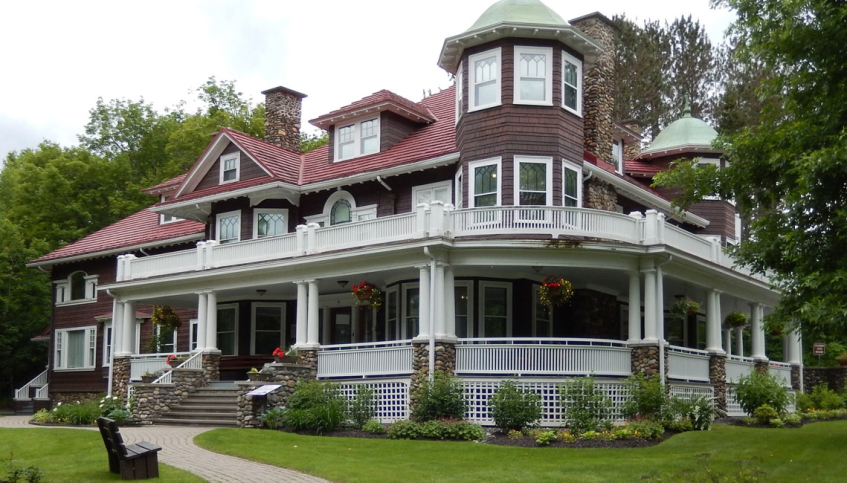
Curious to know how people lived behind those doors? Feel compelled to understand in what types of environments inhabitants found the inspiration to conceive, create and invent the world in which we live today? Venture in! Take a trip down memory lane to discover Québec’s magnificent historical residences.
Manoir Le Boutillier
Located in L’Anse-au-Griffon in Gaspé, Manoir Le Boutillier evokes the frantic lifestyles of masters and servants in 1850. The larger-than-life figure, John Le Boutillier, ran the house. Originally from the Island of Jersey, his double career covered much of the 19th century. As a politician, he staunchly defended the interests of the region. As a businessman, he launched one of the most prominent salted and dried cod processing and distribution businesses. Nobody remains indifferent regarding the path of this self-made man, whose way of life was governed by one rule: hard work!
Manoir Fraser
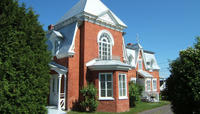
Manoir Fraser is closely linked to the development of Rivière-de-Loup, from the acquisition of the seigneury by Alexandre Fraser in 1802 until the departure of its last resident, Thérèse-Caroline Fraser, in 1983.. The comfort of the rooms, luxuriousness of the original furnishings, and imposing presence of the office, in which the seigneur received his tenants, clearly illustrate the feudal system in this part of the country. They also evoke the considerable influence of this important bourgeois family on the rapid growth of Rivière-du-Loup and the rest of the region in the 19th century.
Maison J.-A. Vachon
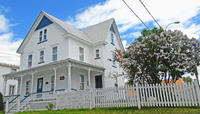
Maison J.A. Vachon, an ancestral residence in Sainte-Marie-de-Beauce, conveys the history of a modest family, whose business, founded in 1923, prospered through continuous devotion and ingenuity. Rose-Anna Giroux welcomes you into her kitchen, in which back in the day she prepared her goodies on her wood stove. On the table can be found her first recipe book, in which she wrote down all the amazing mixtures required to make her famous pastries. Her account book evokes the costs involved to carry out business. Plans, photos and newspaper articles showcase the techniques and products created. As a little bonus, a video recounts the process for making Rose-Anna’s small cakes in the factory. In keeping with her traditions, these treats are graciously handed out to guests at the end of the visit!
Maison Alphonse-Desjardins
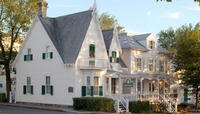
The Co-founders of Desjardins Group, Alphonse and Dorimène Desjardins, welcome you into their family home in Lévis. Built in 1883, this neo-Gothic style residence proudly displays wood lacework, pointed roofs and a spacious hall. It is distinguished by its Victorian look, featuring irregular architectural elements and protruding windows. Its reconstitution faithfully preserves the spirit of the age, and evokes the daily life of the Desjardins family in 1906. Artifacts, photos and soundtracks convey the feverish pace of activities at the first headquarters, the Caisse populaire de Lévis, and sensitively tell the story of the first cooperative financial group in America.
Beaulne Museum
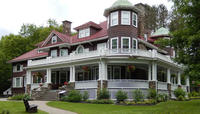
Did you know that the Beaulne Museumin Coaticook was originally a château belonging to Arthur Osmore Norton? This ingenious entrepreneur, who made his fortune by manufacturing and selling train jacks, had it built in 1912. Its oak woodwork, coffered ceilings, vaulted lintels and exceptional furnishings authentically reproduce the ambiance of this bourgeois residence that is characteristic of the time. Heirs, Harry and Mary Helen, welcome you. They proudly share the values of this philanthropist, who was engaged in the development of the region and in promoting the arts in Canada.
Château Dufresne
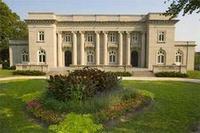
Photo : Michel Gingras
Inspired by the Petit Trianon château at Versailles, Château Dufresne houses two different homes: those of Oscar Dufresne, Businessman and City Counsellor; and of his brother, Marius, Civil Engineer. The Dufresne brothers made their dreams come true by commissioning works by numerous artists and artisans, including the famous Florentine, Guido Nincheri, known for his frescoes and stained glass creations. They also integrated reinforced concrete, a new technique for Montréal residences at the beginning of the 20th century. From the more intimate to more spacious rooms, entrance hall to oriental-style smoking room, studies to winter gardens – each room presents a different ambiance based on the desired function and atmosphere for this elegant Beaux-Arts style residence.





